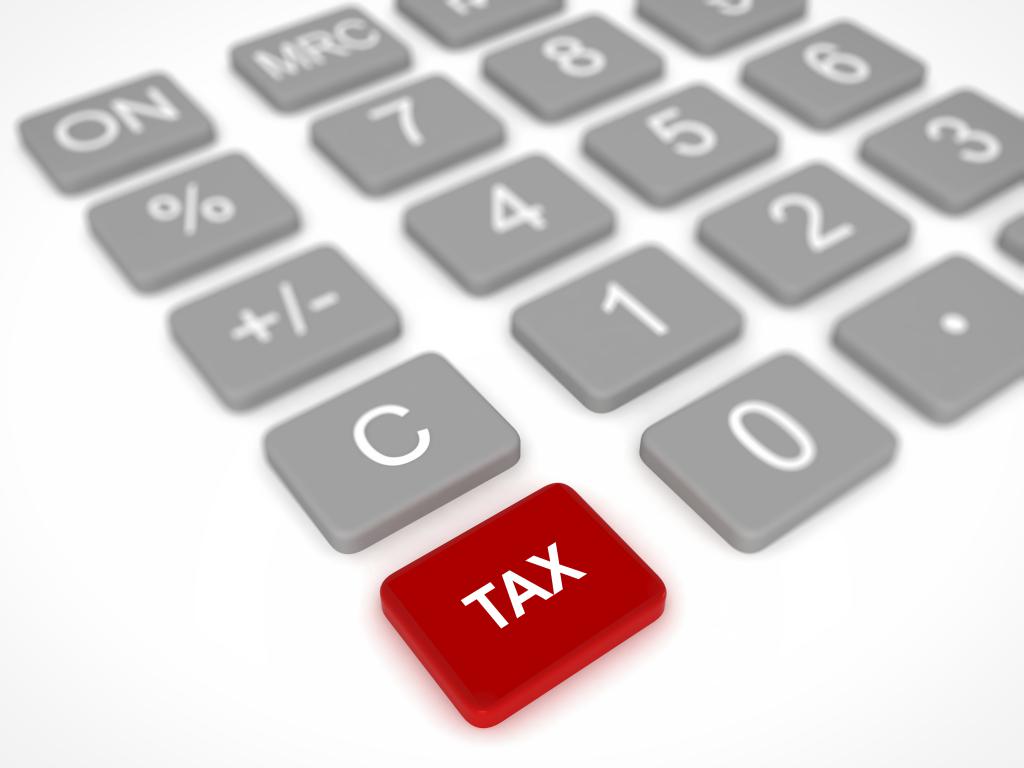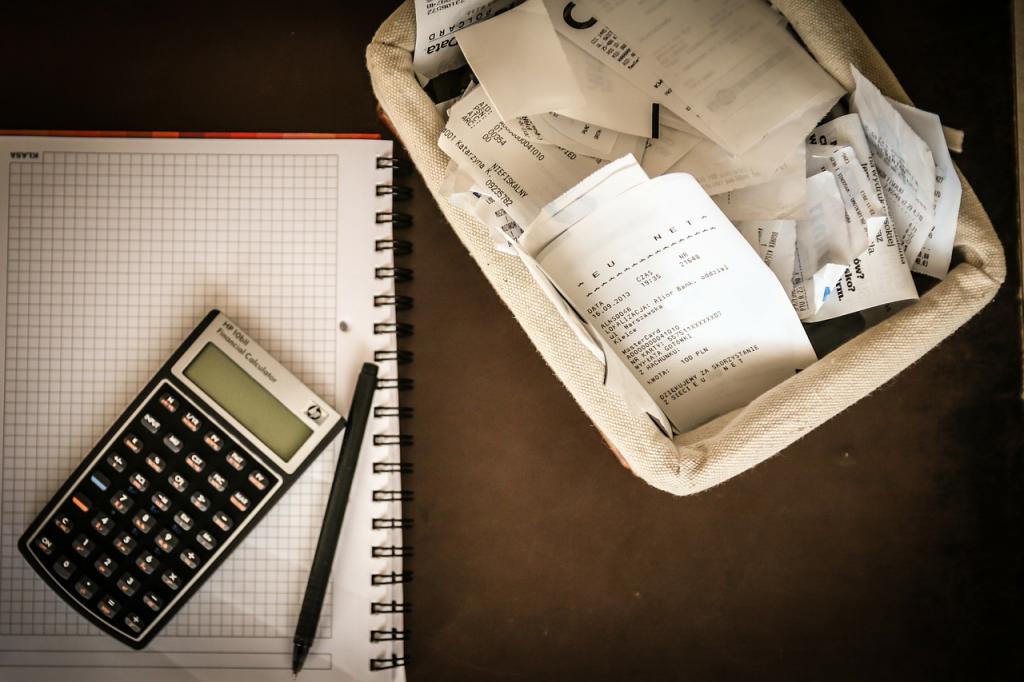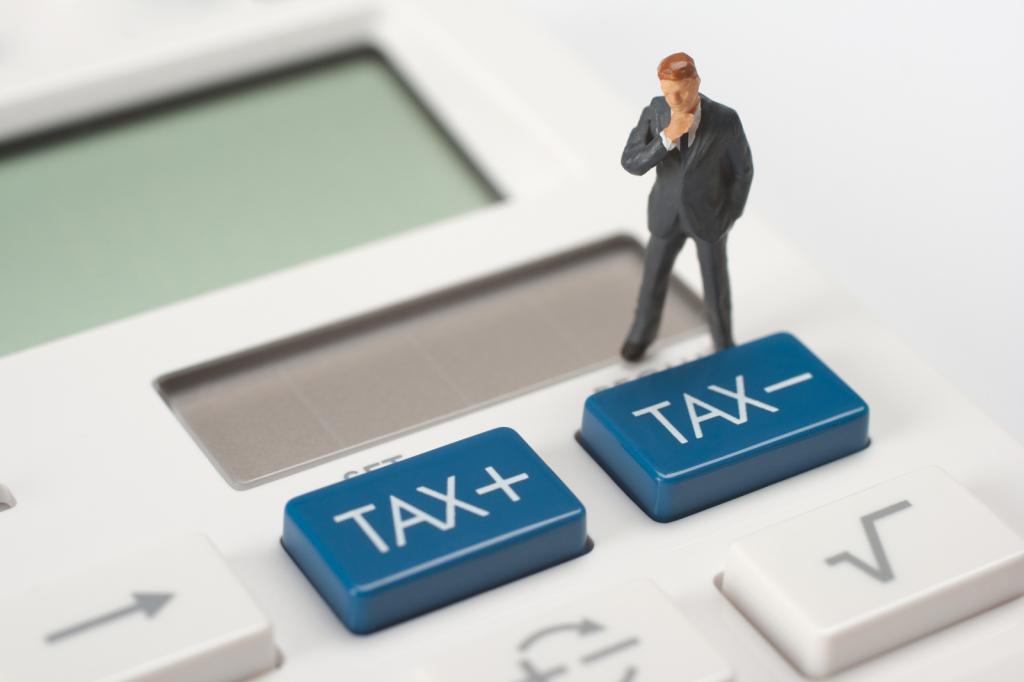All types of taxes and fees are established at the state level. The funds received become the revenue side of the budget of the country, which is spent on the items of expenses strictly regulated by the Law.
Before talking about the concept and types of taxes and fees, it is important to determine the basic terms.
What is the difference
Taxes are paid to the state for free, that is, payers do not receive additional rights or preferences in return for their money. A person is not interested in paying, this is done by duty.
Fees involve the payer receiving retaliatory actions that are significant to him. They are always reimbursed and go to the accounts of state bodies that issue licenses or permits.

What is the object of taxation
If a Russian citizen owns property, receives income from the sale of goods, performance of work or the provision of services, then all this becomes a taxable item.
The legislation provides for the collection of tax at a certain interest rate and the conditions for exemption from it.
From the point of view of the Tax Code, goods are property that is currently being sold or intended for sale and is subject to customs duty.
Work is subject to taxation if it can be given a material assessment. For example, its result is an object having a market value, or labor increases the value of existing property. Work is carried out by order of organizations or individuals on the basis of a contract indicating the cost.
The results of the services are not tangible. They have the value specified in the contract. The service is transmitted by the contractor and accepted by the customer at the time of its provision and cannot be physically measured. For example, an information service.
What is the tax base
To calculate the main types of taxes and fees you need to know the value of the object. It coincides with the amount of income from the sale of goods, the amount of wages or the price of property. Some objects of taxation have a fixed cadastral value, which is established as a result of state valuation. It is always documented and is indicated in rubles for the Russian Federation.
The officially stated value of an object is its tax base. To determine it, use accounting numbers, income statements and other documents.

What is the tax rate?
To calculate the amount of payment you need to know the tax rate. It shows how much you need to pay in rubles or percent for the entire object or per unit of taxable base. There are four types of tax rates and fees in the Russian Federation.
Classification
There are such types:
- Bets are called solid if they are set in a certain amount for the entire object or its unit. This is the easiest accrual tax. The object or its unit in this case is measured quantitatively, and not in monetary terms. For example, a transport tax canceled in the Russian Federation in 2018 was calculated based on the amount of horsepower of the car and the established tariff. When inflation devalued the fees, the state increased the rate.
- Proportional rates are calculated on the taxable base, expressed in rubles, and do not depend on its volume. As a tax, a percentage of the amount is set. For example, in Russia a proportional rate of 13% is set for personal income tax. It is unchanged for different income levels of citizens and is relevant for any jump in inflation in the country. The amount collected at such payment rates increases with an increase in the tax base.
- The system of progressive rates of several types of taxes and fees is widespread in the world for taxation of income. In Russia, it has not yet been applied. There are simple and complex progressive bets. They say simple when it applies to the entire tax base of the payer. For example, the higher the total income in rubles, the higher the rate. Complex requires you to divide the income into parts in order to determine the rate for each of them separately. This is done on the basis of the analysis of income for the previous and present tax periods. In this case, the payment is calculated at an increased rate only for the amount of the increase in income compared to the previous period.
- When the opposite principle is applied - the percentage decreases with increasing income, we are talking about a regressive tax rate. It is used when the government wants to stimulate the growth of certain industries. For example, this is how a single social tax is levied in Russia. If the rate is set as a percentage, such taxes are called quotas. If the unit of the object is taxed, as is the case with firm bets, they are real.
What is a tax period?
The tax period is the time period for which income is taxable. There is also the concept of "reporting period" for the submission of documentation to regulatory authorities. Payments for such a period are calculated, and their amounts are entered in the reporting documentation. Accrued pay immediately or do it at the end of the tax period. Until its completion, all payments are considered advance payments. After the close of the period, a mandatory final adjustment of the amounts and a full calculation are made.
The tax period of an enterprise may be less than a calendar year if it was organized after January 1 or liquidated before December 31.

How to install
The Federal Assembly is responsible for the introduction of all types of taxes and fees in the Russian Federation. There are two mandatory steps: establishment and introduction.
The establishment of all types of tax fees in the Russian Federation is their legal justification as mandatory payments. When they are introduced throughout the country, these are federal taxes. For individual territories of the country they are initially created regional or local.
A tax is considered established when its elements are defined in the legislation - the object, period, rate, procedure and deadlines for payment.
The introduction of tax is the fact of the adoption of a normative act regulating its entry into force in a particular region or in the whole country.
The main types of taxes and fees and examples
Here are 8 major federal taxes and fees:
- Personal income tax.
- NGOs.
- Mineral extraction tax.
- Water tax.
- VAT.
- Excise taxes.
- State duty.
- Fees for the use of wildlife and aquatic biological resources.
The amounts of federal taxes are sent to the state budget directly or through economic funds. Some federal level fees paid in a specific territory are for its regional and local budgets.
All fees are set by the state. The decision on the need to introduce local and regional payments on its territory is made by the authorities of the constituent entities of the Russian Federation. The amounts of these types of taxes and fees go to the budgets of the regions that received them. And an example is the taxation of gambling established at the federal level. It is introduced at the discretion of local authorities only in territories where such activities are permitted by law.
Land and property tax on individuals were established as local.
Introducing at their level any types of taxes and fees, regional and local legislators do not have the right to raise the rate higher than it is established by the Parliament of the Russian Federation.

What is a special tax regime?
It is regulated by a separate section in the Tax Code of the Russian Federation. These are tax rule packages for small businesses. The entrepreneur voluntarily chooses for himself one of the four LRCs: USN, UTII, ESHN or PSN.They replace the payment of a number of federal taxes for private business.
What is the difference between direct taxes and indirect taxes
From the point of view of the subject of payment, all types of taxes and fees in the Russian Federation are direct or indirect.
Direct taxes at the rates prescribed by law are taxed on the property and income of the payer. Funds are transferred to the state by the owner of the object of taxation. For such a payment, citizens fill out a tax return with a breakdown of income items.
The percentage of indirect taxes is included in the price and is paid by the consumer when purchasing goods or paying for services. The state transfers the funds to the seller of the goods. The correctness of the payment is confirmed by the accounting report.

How amounts are calculated
Russian tax legislation provides for various systems and methods for calculating fees, allows for their combination.
The amount of the payment can be calculated by the subject himself, a qualified accountant on his behalf, or by the tax inspectorate.
To confirm the correctness of the accrued and paid contribution, income and expense trade documents, accounting statements, analytical registers issued during registration, tax base calculations should be kept.
Taxes can be considered in parts for reporting periods (non-cumulative system) or keep track of the calculated amounts over the entire period on an accrual basis (cumulative system).
The payment amount is determined from the total profit without deciphering the items of income (global system) or the income is divided into component parts - shedules, the tax for each of which is calculated separately (sheduled system).

Tax collection procedure
The procedure for paying each fee is approved at the legislative level. The amount that the payer pays on one installment is called the tax salary. If he made a mistake in indicating the recipient of the tax salary, there will be no return of this amount or transfer to the desired budget. Payment is made again to avoid arrears.
The taxpayer calculates and contributes funds on his own, if he has the desire and opportunity. He can also entrust this to the accounting department of the company where he receives his salary. In this case, we are talking about paying tax as a source of income.
Another way is to file a declaration of income with the tax office, get there a statement of payment, which indicates the amount and term. This is a tax payment on declaration.
In the case of indirect taxation, the allocation of funds to the budget is classified as payment at the time the income is spent.
When the possession of movable and immovable property does not bring income to the owner, but is subject to taxation, this is a payment in the process of consumption or use.
Any payment must be made within the statutory deadlines.
The deadline for paying taxes is the last day that payment can be made. The dates of payment of each tax and duty, as well as the amount of late interest are determined by the Tax Code.

What are the benefits for accrual?
The main ways to reduce taxes and fees:
- Withdrawal. For good reason, the subject is excluded from the number of payers for the period of the privilege.
- Exemption. Reducing the amount of tax by reducing the taxable base.
- A discount. Reducing the interest rate without reducing the tax base, for example, for a payer from a preferential group.
- Amnesty. Cancellation of a penalty to a legal entity for late payment.
- Deduction. An exemption for individuals when, in the case of expenses for certain purposes, the taxes listed in the reporting period are returned to the payer.
- Deferral Individually granted privilege, when the deadline for paying for good reason is postponed to a later date.
Types of violations of legislation on taxes and fees
The payer is legally responsible for the accuracy and timeliness of tax payments.
Responsibility arises if, in addition to the fact of violation, material damage has been caused, a direct connection has been established between the violation and the damage that has occurred, and the taxpayer’s guilt for the incident has been proved.
In the event that the guilt is proven, penalties apply. Payment of a fine does not cancel the obligation to pay overdue tax or arrears.
The payer is criminally liable if:
- Avoids payment of all types of taxes and fees in the Russian Federation.
- Not acting agent.
- It hides cash or property, due to which you can pay the arrears.
All types of tax fees in the Russian Federation are directed to replenish the budget, from which the country's economy and social sphere are financed. With the competent introduction of new fees and conditions of preferential taxation, it is possible to stimulate the development of certain sectors of the national economy. It is also important to control the correctness and timeliness of tax payments and to prevent crimes in this area.









